Under the Mission for Integrated Development of Horticulture in India, aspiring flower growers can unlock substantial government subsidies, amounting to a remarkable 40-60% of their costs. This enticing support system aims to cultivate beautiful blooms across the nation. In this blog, we will delve into the intricacies of availing these subsidies, offering a comprehensive guide to help you harness this opportunity for your flower crops.

Government Subsidy for Flower Crops in India
Mission for Integrated Development of Horticulture in India
The Mission for Integrated Development of Horticulture is a centrally sponsored scheme in India to promote the growth of the horticulture sector. It covers various crops such as fruits, vegetables, root & tuber crops, mushrooms, spices, flowers, aromatic plants, coconut, cashew, cocoa, and bamboo.
The mission aims to enhance horticulture production, increase farmers’ income, and strengthen nutritional security. It uses strategies like research, technology promotion, extension, post-harvest management, processing, and marketing, considering the unique agro-climatic features of each state/region. The mission also encourages farmer groups to bring economies of scale and support skill development.
Steps to Avail MIDH Subsidies for Your Flower Crops
- Identify the scheme and component under which the subsidy will be availed.
- Contact the State Horticulture Mission (SHM) or the State Biodiversity Board (SBB) for assistance in preparing the project proposal.
- Prepare a detailed project proposal with all the necessary details, including the project cost, the expected outcomes, and the expected impact on the beneficiaries.
- Submit the project proposal to the SHM or SBB for appraisal and approval.
- Once the project is approved, the implementing agency will release the subsidy amount to the beneficiary.
- The beneficiary will have to contribute their share of the project cost as per the scheme guidelines.
- The beneficiary must maintain proper project records and submit utilization certificates to the concerned authorities.
In case you missed it: Government Subsidy for Fruit Crops in India: How to Avail up to 40-60% under MIDH
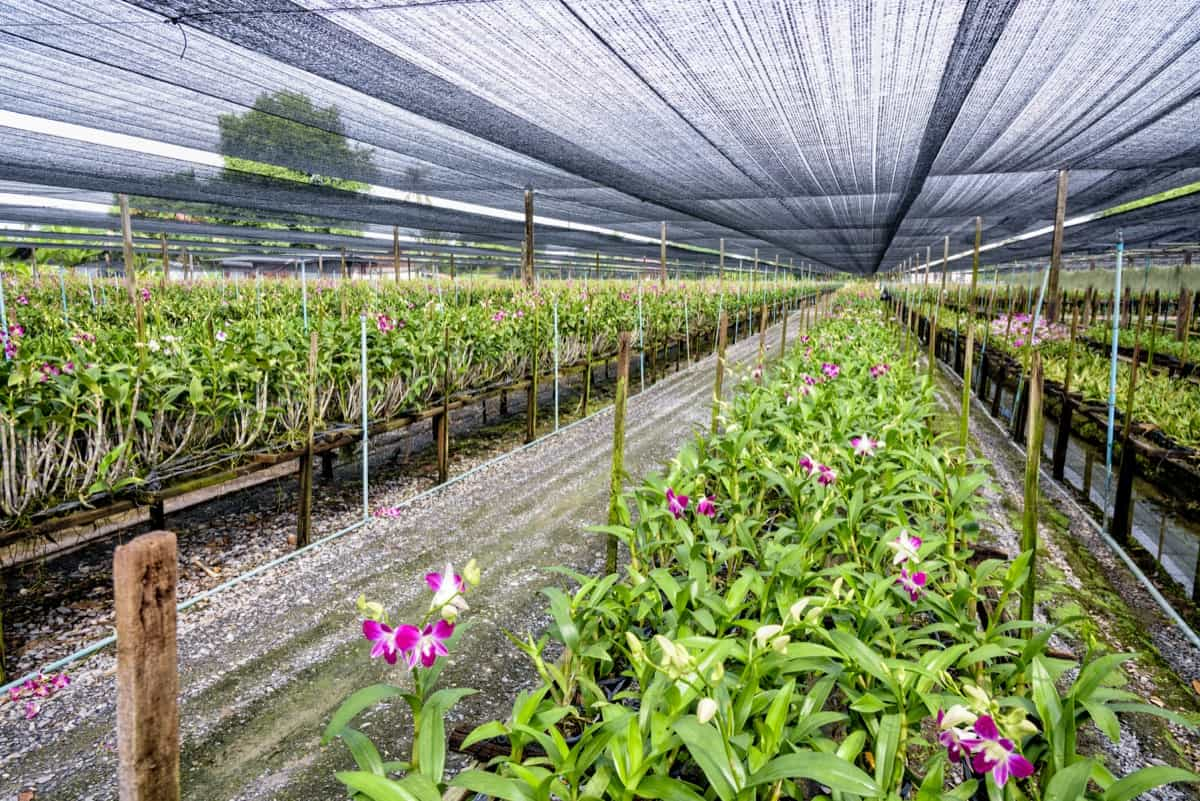
Maximizing Your Agricultural Benefits: MIDH’s 60% Subsidy Scheme
If you are a farmer who wants to grow flower crops, you may be interested in the Mission Integrated Development of Horticulture scheme. This scheme offers a 60% subsidy for flower crops such as marigold, jasmine, rose, orchid, etc. The grant covers the cost of planting material, drip irrigation, polyhouse construction, fertigation unit, and other inputs.
The scheme aims to promote the production and export of high-quality flowers and to increase the income of farmers. To avail of the system, you must apply online through the MIDH portal and submit the required documents. You also need to follow the guidelines and standards set by the MIDH for flower cultivation. The scheme is available for both individual and group farmers, as well as for self-help groups and cooperatives.
How Can Farmers Avail of the 60% Subsidy for Flower Crop Development?
The Department of Agriculture (DA) has announced a new program to support flower crop development in the country. The program aims to increase the production and quality of flowers, which have high demand and value in the local and international markets. The program will provide a 60% subsidy for eligible farmers who want to grow flowers such as roses, orchids, carnations, and chrysanthemums. The grant will cover the costs of seeds, fertilizers, pesticides, irrigation, and post-harvest facilities.
To avail of the subsidy, farmers need to register with the DA and submit a project proposal that details their planned activities, budget, and expected outcomes. The DA will evaluate the proposals and approve the ones that meet the criteria and standards. The approved projects will receive the subsidy in installments, depending on their progress and performance. The program is expected to benefit around 10,000 farmers and generate more income and employment opportunities in the flower industry.
In case you missed it: Government Subsidy for Vegetable Crops in India: How to Avail up to 40–60% under MIDH Scheme
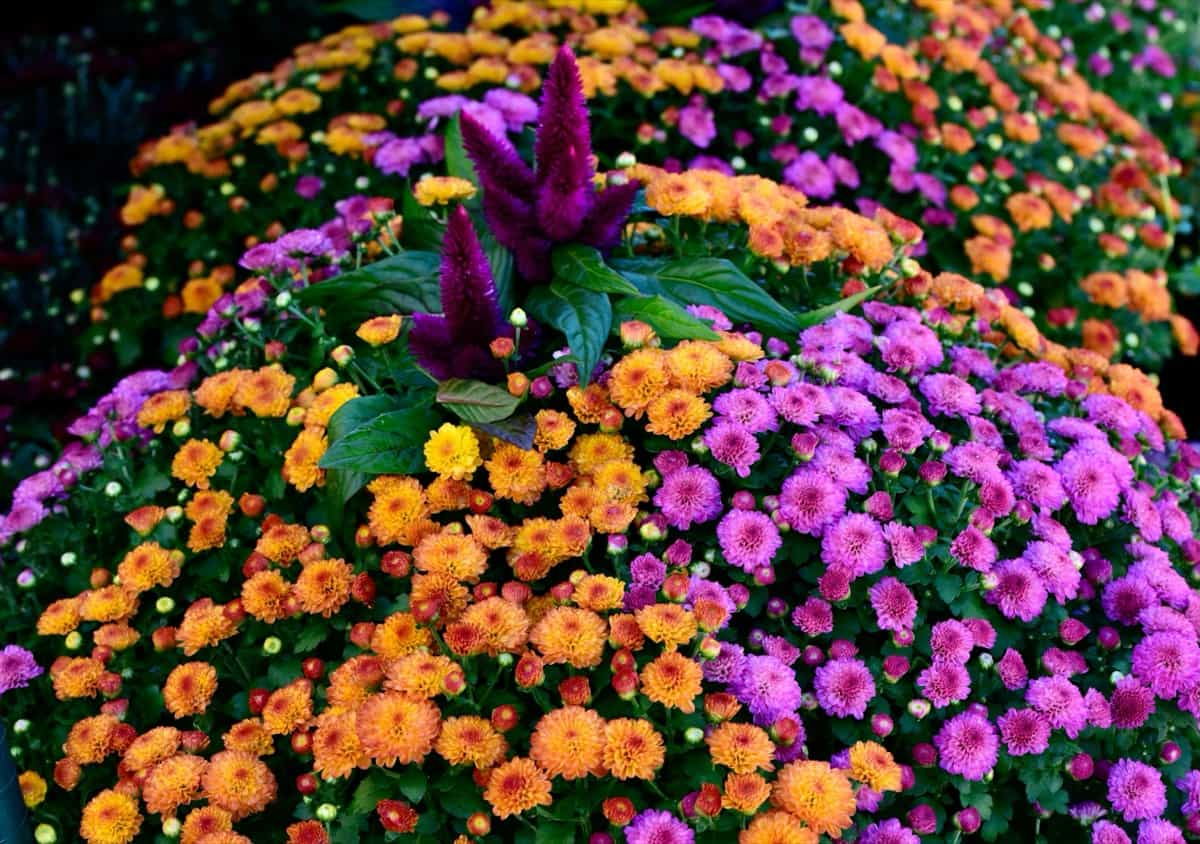
What Are the Key Requirements to Qualify for MIDH Subsidies?
- The beneficiary should be a farmer, group of farmers, FPOs, FPCs, NGOs, SHMs, SBBs, or any other eligible organization per the scheme guidelines.
- The beneficiary should have a minimum landholding per the scheme guidelines.
- The beneficiary should have a valid Aadhaar card or any other identification document per the scheme guidelines.
- The beneficiary should have a bank account in their name for receiving the subsidy amount.
- The project proposal should be prepared as per the scheme guidelines. It should include all the necessary details, including the project cost, the expected outcomes, and the expected impact on the beneficiaries.
- The implementing agency should approve the project proposal before the subsidy amount is released.
- The beneficiary should contribute their share of the project cost per the scheme guidelines.
- The beneficiary should maintain proper project records and submit utilization certificates to the concerned authorities.
Are There Specific States with Higher Subsidy Opportunities for Flower Crops?
These states and regions include the North Eastern States, Himalayan States, Tribal Sub Plan (TSP) areas, Andaman & Nicobar Islands, and Lakshadweep Islands. For example, the subsidy rate for cut flowers and bulbous flowers is 50% of the cost in these areas, while it is 40% of the price in general areas. Similarly, the subsidy rate for loose flowers is 50% of the cost in these areas, while it is 25% of the cost in general areas. Therefore, farmers and organizations in these areas may have higher subsidy opportunities for flower crops under the MIDH scheme.
What Are the Benefits of Investing in Flower Crop Cultivation with MIDH Support?
Increased Productivity and Income: The MIDH scheme provides subsidies for various horticulture activities, such as creating infrastructure for post-harvest management, marketing, and processing of horticulture produce. These activities help increase the productivity and quality of horticulture crops, which can lead to higher income for the farmers and organizations involved.
Diversification of Income Sources: Flower crops are high-value crops that can provide an additional source of income for farmers and organizations. By investing in flower crop cultivation with MIDH support, farmers and organizations can diversify their income sources and reduce their dependence on traditional crops.
In case you missed it: Government Subsidy for Urban Farming in India: How to Avail up to 75%
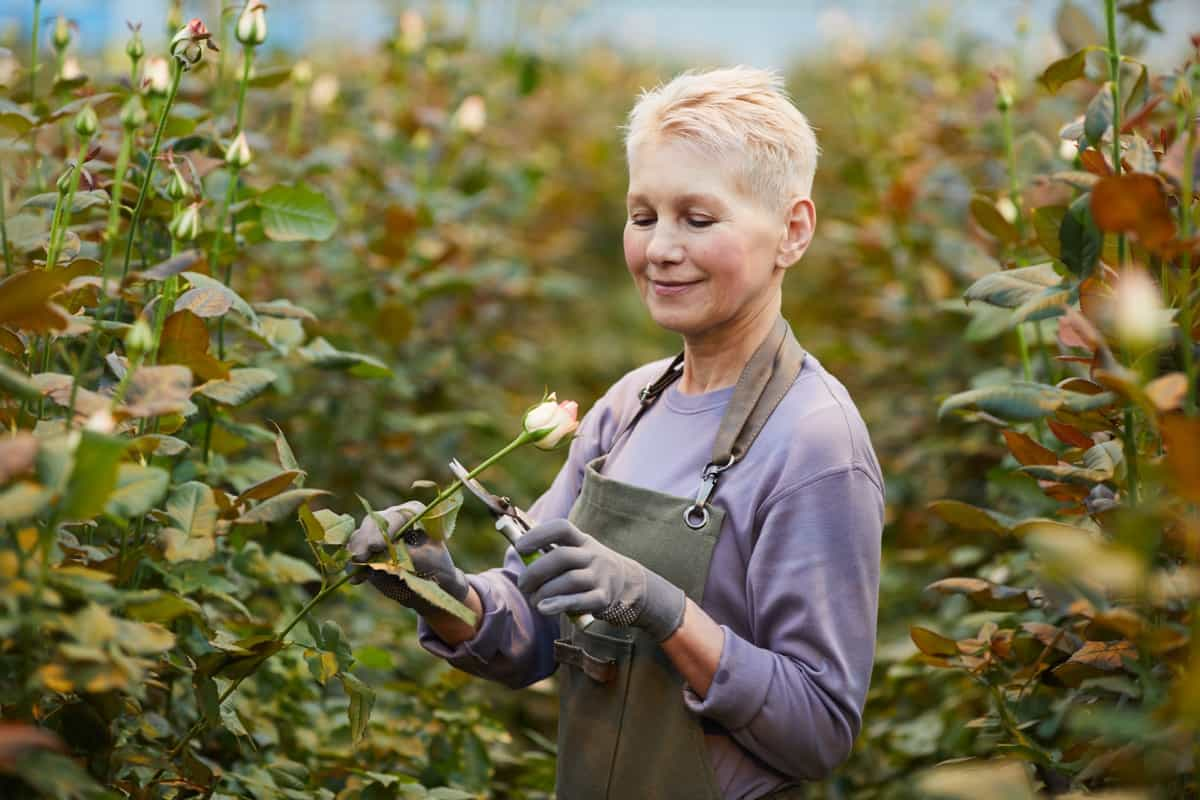
Employment Generation: Horticulture activities, including flower crop cultivation, can generate employment opportunities for rural communities. By investing in horticulture activities with MIDH support, farmers and organizations can create employment opportunities for themselves and others in their communities.
Government Subsidies for Flower Crops in India under MIDH
| Type of Flowers | Maximum Subsidy per Hectare | Subsidy for S&M Farmers | Subsidy for Other Category Farmers (General Areas) | Subsidy for NE, HS, TSP Areas, A&N, and Lakshadweep Islands |
| Cut Flowers | Rs. 1.00 lakh | 40% of the cost | 25% of the cost | 50% of the cost |
| Bulbous Flowers | Rs. 1.50 lakh | 40% of the cost | 25% of the cost | 50% of the cost |
| Loose Flowers | Rs. 40,000 | 40% of the cost | 25% of the cost | 50% of the cost |
Flower Crops Under the MIDH Scheme Government Subsidy
The specific flower crops covered under the MIDH scheme may depending on the location and nature of the project. However, some of the flower crops that are commonly covered under the scheme include rose, marigold, jasmine, chrysanthemum, and gladiolus. The subsidy rates for flower crops may also vary depending on the location and type of crop.
For example, the subsidy rate for cut flowers and bulbous flowers is 50% of the cost in certain areas, while it is 40% of the price in general areas. Similarly, the subsidy rate for loose flowers is 50% of the cost in certain areas, while it is 25% of the price in general areas. Therefore, farmers and organizations involved in flower crop cultivation may be eligible for government subsidies under the MIDH scheme.
How Does MIDH Contribute to Sustainable and Profitable Horticulture in India?
Promotion of Best Practices: MIDH provides technical and financial support for the adoption of best practices in horticulture, such as the use of high-yielding varieties, integrated pest management, and micro-irrigation. These practices can help increase the productivity and quality of horticulture crops while reducing the environmental impact.
In case you missed it: Polyhouse Farming in India: Training, Cost, Equipment, Subsidy, and Techniques
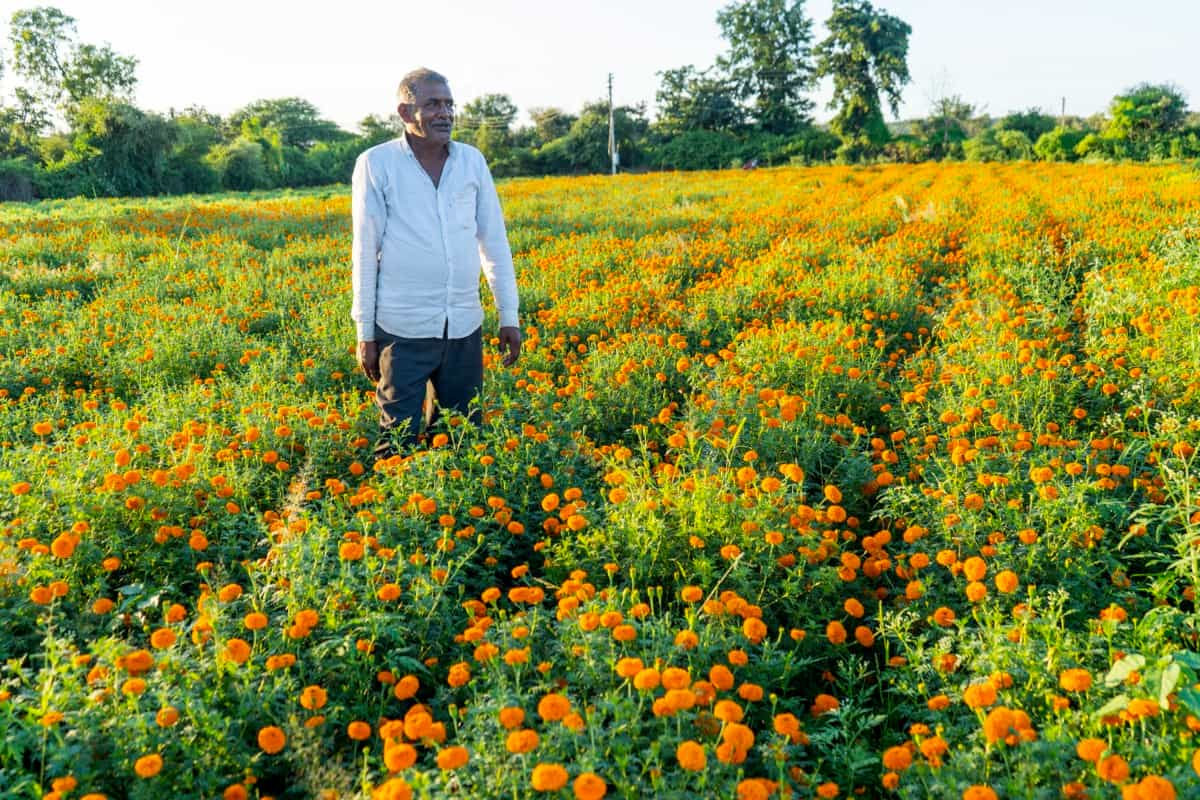
Infrastructure Development: MIDH supports the creation of infrastructure for post-harvest management, marketing, and processing of horticulture produce. This reduces post-harvest losses, increases the shelf life of horticulture crops, and improves their marketability, leading to higher profits for farmers and organizations.
Capacity Building: MIDH provides training and capacity-building support for farmers, organizations, and other stakeholders involved in horticulture. This help improve their skills and knowledge in various aspects of horticulture, such as crop management, marketing, and entrepreneurship, leading to more sustainable and profitable horticulture practices.
Subsidy Rates for Flower Crops in MIDH Subsidies
The subsidy rates for flower crops may also vary depending on the location and type of crop. For example, the subsidy rate for cut flowers and bulbous flowers is 50% of the cost in certain areas, while it is 40% of the price in general regions 14. Similarly, the subsidy rate for loose flowers is 50% of the cost in certain areas, while it is 25% of the price in general areas. Therefore, farmers and organizations involved in flower crop cultivation may be eligible for government subsidies under the MIDH scheme.
Are There Any Success Stories of Farmers Benefiting from MIDH Subsidies for Flower Crops?
One of the success stories of farmers benefiting from MIDH subsidies for flower crops is that of Mr. Ramesh Kumar, a small farmer from Chevella district in Telangana. He received a grant of 40% under NHM for setting up a polyhouse for growing gerbera flowers. He invested Rs. 12 lakhs for the polyhouse and received a subsidy of Rs. 4.8 lakhs from MIDH.
He also received technical guidance and training from the State Horticulture Mission. With the help of the polyhouse, he was able to produce high-quality gerbera flowers throughout the year and sell them at a premium price in the local market. He earns an average income of Rs. 1.5 lakhs per month from his flower business. He is pleased with the support he received from MIDH and plans to expand his area under flower cultivation.
What Are the Challenges Faced by Farmers When Applying for MIDH Subsidies?
Lack of Awareness: Many farmers may need to know about the various government schemes and subsidies available for horticulture activities. This can make it difficult for them to apply for the grants and take advantage of the benefits.
Complex Application Process: The application process for government subsidies can be difficult and time-consuming, requiring farmers to submit various documents and meet specific eligibility criteria. This can challenge farmers who may need more resources or knowledge to complete the process.
In case you missed it: Government Subsidy for Biofloc Fish Farming in India
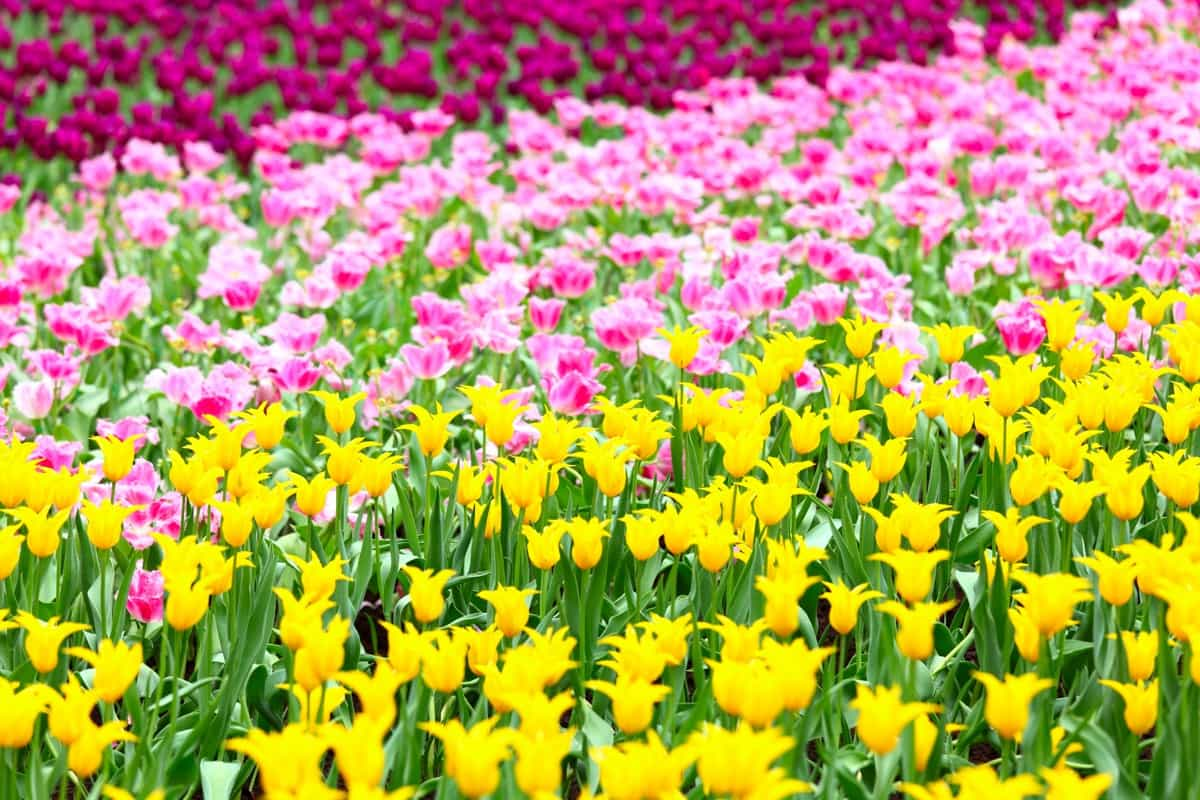
Limited Access to Credit: Even with government subsidies, farmers may still need to invest their resources to start or expand their horticulture activities. However, many farmers in India may need access to credit or other financial resources to make these investments, which can limit their ability to take advantage of the subsidies.
MIDH Promotes Organic Farming in Flower Crops
Training and Capacity Building: The MIDH provides training and capacity-building support for farmers and organizations involved in horticulture to adopt organic farming techniques. This includes training on composting, vermicomposting, green manuring, and other organic farming practices.
Promotion of Biofertilizers and Biopesticides: The MIDH promotes using biofertilizers and biopesticides in horticulture to reduce chemical fertilizers and pesticides. The scheme provides subsidies for the production and distribution of biofertilizers and biopesticides, as well as training on their use.
Certification Support: The MIDH supports the certification of organic horticulture products under the National Program for Organic Production (NPOP) and Participatory Guarantee System for India (PGS-India). This can help farmers and organizations get better prices for their organic products.
Research and Development: The MIDH supports research and development activities in organic farming to improve the productivity and sustainability of horticulture. This includes research on organic farming techniques, the development of new biofertilizers and biopesticides, and the promotion of organic seed production.
Conclusion
Mission for Integrated Development of Horticulture in India offers substantial subsidies, ranging from 40% to 60%, for flower growers. This initiative supports cultivating various flower types, benefiting S&M farmers and others, with higher subsidies in specific regions.
- Types of Pesticides Used in Agriculture: A Beginner’s Guide
- Economical Aquaculture: A Guide to Low-Budget Fish Farming
- 15 Common Planting Errors That Can Doom Your Fruit Trees
- How to Make Houseplants Bushy: Effective Tips and Ideas
- Innovative Strategies for Boosting Coconut Pollination and Yield
- Pollination Strategies for Maximum Pumpkin Yield
- The Complete Guide to Chicken Fattening: Strategies for Maximum Growth
- Natural Solutions for Tulip Problems: 100% Effective Remedies for Leaf and Bulb-Related Issues
- Revolutionizing Citrus Preservation: Towards a Healthier, Greener Future
- Natural Solutions for Peony Leaf and Flower Problems: 100% Effective Remedies
- Maximizing Profits with Avocado Contract Farming in India: A Comprehensive Guide
- Natural Solutions for Hydrangea Problems: 100% Effective Remedies for Leaf and Flowers
- The Ultimate Guide to Choosing the Perfect Foliage Friend: Bringing Life Indoors
- From Sunlight to Sustainability: 15 Ways to Use Solar Technology in Agriculture
- The Ultimate Guide to Dong Tao Chicken: Exploring from History to Raising
- The Eco-Friendly Makeover: How to Convert Your Unused Swimming Pool into a Fish Pond
- Mastering the Art of Delaware Chicken Farming: Essentials for Healthy Backyard Flocks
- 20 Best Homemade Fertilizers for Money Plant: DIY Recipes and Application Methods
- How to Craft a Comprehensive Free-Range Chicken Farming Business Plan
- Brighten Your Flock: Raising Easter Egger Chickens for Beauty and Bounty
- How to Optimize Your Poultry Egg Farm Business Plan with These Strategies
- Subsidy for Spirulina Cultivation: How Indian Government Schemes Encouraging Spirulina Farmers
- Ultimate Guide to Raising Dominique Chickens: Breeding, Feeding, Egg-Production, and Care
- Mastering the Art of Raising Jersey Giant Chickens: Care, Feeding, and More
- Ultimate Guide to Raising Legbar Chickens: Breeding, Farming Practices, Diet, Egg-Production
- How to Raise Welsummer Chickens: A Comprehensive Guide for Beginners
- How to Protect Indoor Plants in Winter: A Comprehensive Guide
- Ultimate Guide to Grow Bag Gardening: Tips, Tricks, and Planting Ideas for Urban Gardeners
- Guide to Lotus Cultivation: How to Propagate, Plant, Grow, Care, Cost, and Profit
- Agriculture Drone Subsidy Scheme: Government Kisan Subsidy, License, and How to Apply Online
- Ultimate Guide to Raising Araucana Chickens: Breed Profile, Farming Economics, Diet, and Care
- Bringing Hydroponics to Classroom: Importance, Benefits of Learning for School Students
- Ultimate Guide to Raising Polish Chickens: Breed Profile, Farming Economics, Diet, and Care
- Ultimate Guide to Raising Australorp Chickens: Profile, Farming Economics, Egg Production, Diet, and Care
- Silkie Chicken Farming: Raising Practices, Varieties, Egg Production, Diet, and Care
- Sussex Chicken Farming: Raising Practices, Varieties, Egg Production, Diet and Care